If you’re a bookworm like me then you probably have a lot of books, but you might not know how best to protect them. There are a nunber of ways to improve and protect both old and new books, here are a few that I have learnt from working in a bookshop…
Before we get started here are a few things to avoid.
- Don’t underline, write in or highlight inside your books.
Use sticky notes to mark passages and only write on the sticky notes. If your books have written notes or underlining in pen, then they cannot be sold on. If the markings are in pencil only, then some secondhand bookshops might buy your books from you.
- Don’t store your books anywhere cold or damp or where they may suffer from water damage.
If your books get wet, the pages of the book will warp and there is no way to straighten them out again. Keep your books at room temperature and somewhere dry.
- Don’t store your books near an open fire or in a room where people smoke.
The smoke and tar will discolour the books over time.
- Don’t fold the corners of your pages, use a bookmark.
Once you crease or fold a page you can’t make the page smooth again. It also weakens the paper and makes it more susceptible to tearing.
- Don’t store your books where they will be hit by direct sunlight.
Sunlight will cause books and book covers to fade. Especially red cloth bound books which fade very easily.
- Don’t over bend the spine of you book.
Book spines will get creases as you read them unless you are really careful. However you don’t need to bend the spines back on themselves so that the front and back covers are touching or even almost touching. Be gentle with book spines as this is where your pages are being held together. If the spines get too damaged then pages may come loose and fall out.
- Lastly, don’t pack your books too tightly onto your bookshelves.
This may cause the books to bend and when you try to remove a book, you are more likely to damage the top of the spine. Make sure your books are easy to slide on and off of your bookshelves.
Improving old & secondhand books.
You may have noticed that older leather and cloth bound books often look a bit worn out. The edges might have faded and the colours might not be so vibrant. You can use book cloth cleaners and other lotions to help your books. Here are a couple of recommendations.
- Cloth Books.
For cloths books I would recommend using a tiny bit of Vaseline and rubbing it gently into the cloth boards with a piece of cloth. The Vaseline will help to protect and brighten the boards.
- Leather Bound Books.
For leather bound books I recommend using a paste.
- Dust-jackets
Often the dust-jackets on older books will be worn, with chipped edges and missing pieces. The best way to stop this from happening is to protect them with a clear plastic film, but if this has already happened then you can make some improvements to your dust-jackets.
If you have tears in your dust-jacket with no missing pieces then use some scotchtape on the back of the dust-jacket to close the tear.
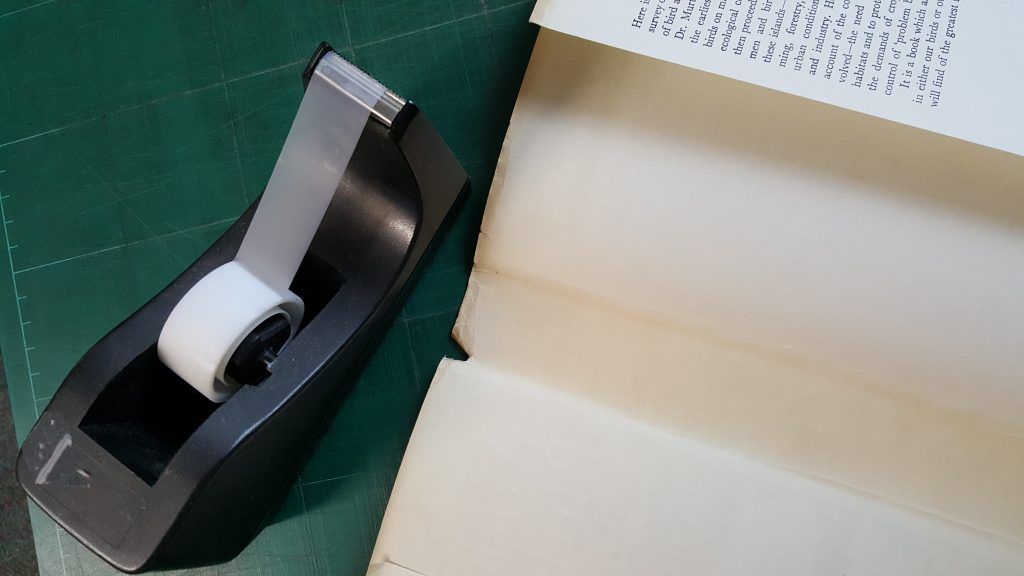
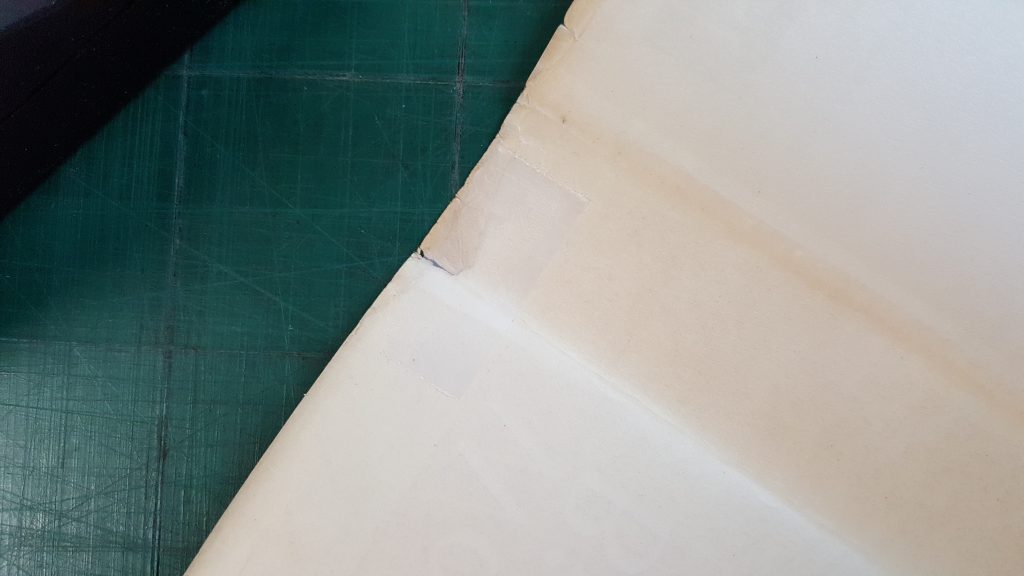
Don’t use regular tape to do this job as regular tape will eventually leave yellow stains behind. You can also use archival tape but it is more expensive.
If your dust-jacket has deteriorated further and does have missing pieces, then the first step is to colour match. Find some pieces of paper which best match the colours on the front of the dust-jacket and fill them in as best as you can by placing your coloured paper behind the gaps on the back of the dust jacket. You can use some small pieces of scotch tape to hold them in place. The second step is to wrap the entire dust-jacket in a clear plastic film that is thicker and sturdier than cling film, but still easy to fold.
You can wrap all your dust-jackets in a clear plastic film in order to protect them and improve then.
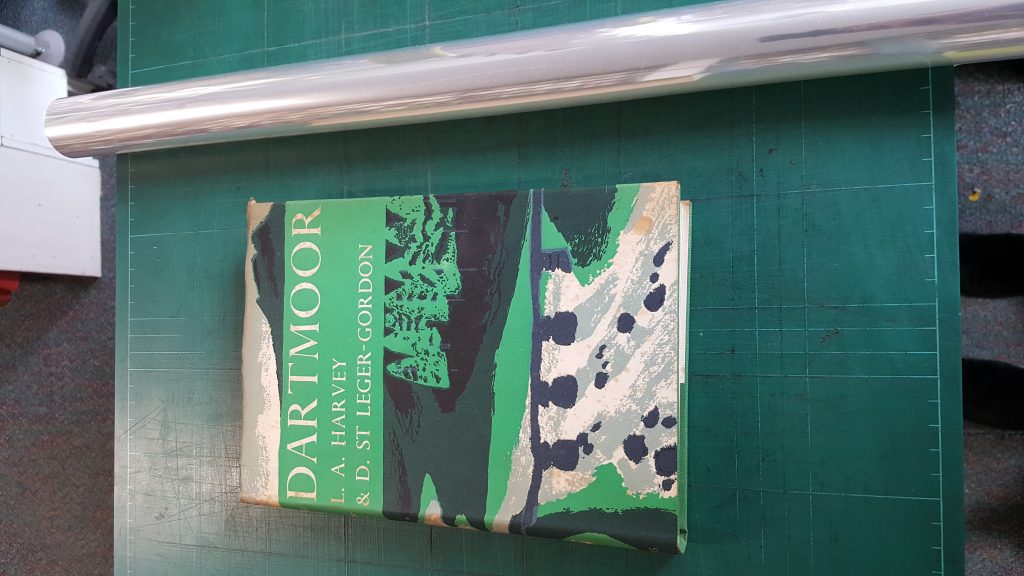
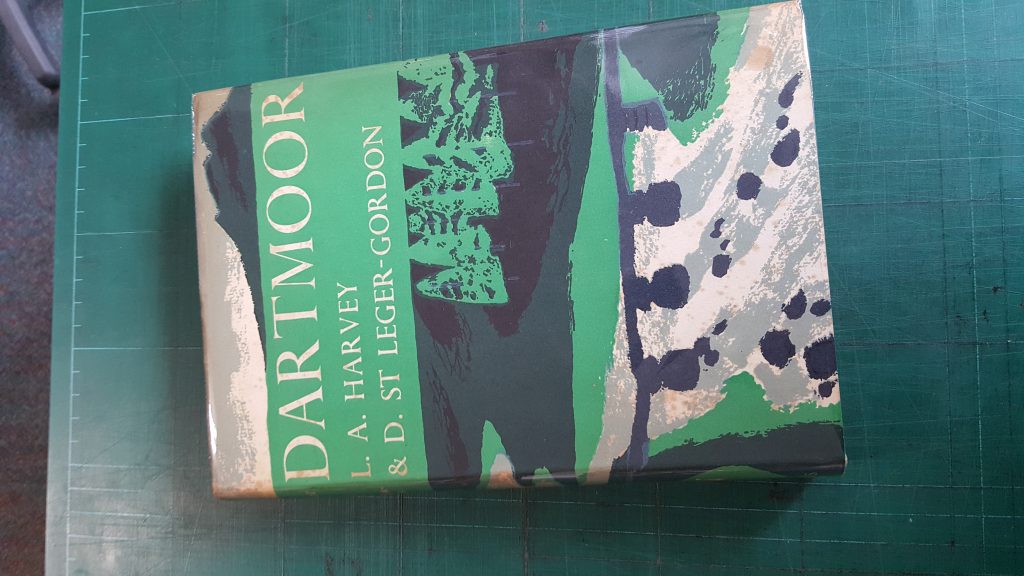
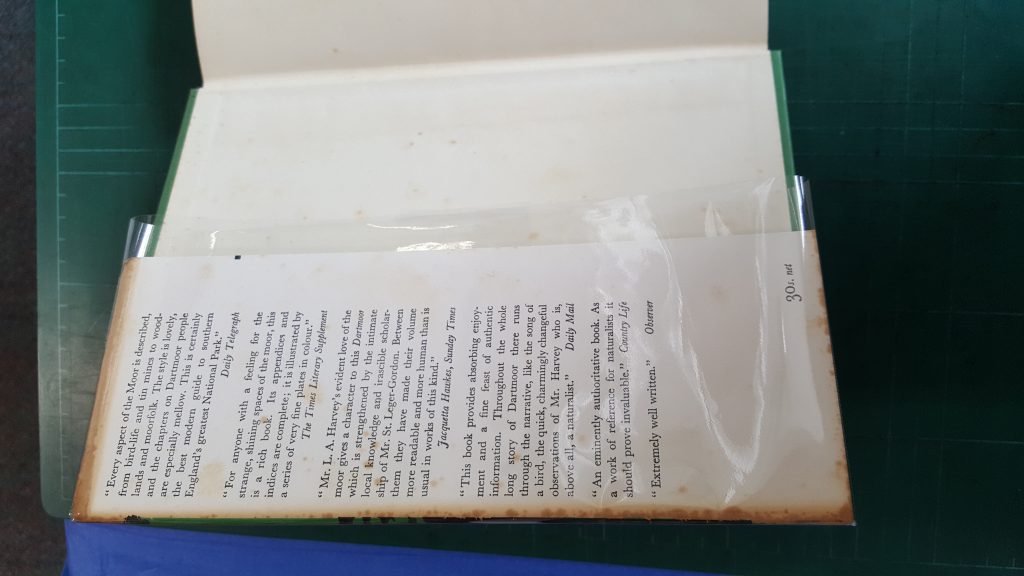
For older leather and cloth bound books you may want to use an even thicker clear plastic to protect them, particularly the edges of the spine.
- Dirty dust-jackets
If a dust-jacket lined with a shiny protective seal is covered in grime, you may be able to get most of it off using book cloth cleaner and a piece of tissue. This won’t work on paper dust-jackets as the cloth cleaner will just soak into the paper.
Stickers on dust-jackets can be a nightmare. Some will peel off easily whilst others are stubborn. You can use wd40 or lighter fluid on a tissue to get most stickers off. If that doesn’t work then you may need to get a stronger sticker remover fluid.
- Stained and spotted fore edges.
Remove the dust-jacket if the book has one and keeping it tightly closed with one hand, use a small piece of fine sandpaper to gently sand the fore edges of your book. It will lift any surface stains and improve the overall look of your hardback and paperback books. Be careful not to sand too hard and sometimes stains will not lift at all no matter how much you sand them.
Protecting Paperback Books.
For paperbacks I recommend buying custom fit clear plastic covers. You can get these from eBay or Amazon. Make sure you measure the size of your books and follow the sizing guidelines in order to get the right book covers for your books.
Storing Your Books.
- Keep books in size order if possible.
I like to arrange my books alphabetically by author, but if you have a lot of different sized hardbacks and paperbacks you might want to shelf them by size. For instance, if you have a small hardback next to a large paperback it is very likely that the paperback will start to bend one way or the other at the top above the smaller hardback. To prevent this from happening store similar sized books side by side.
- What if I don’t have a bookshelf?
If you don’t have bookshelves and/or store your books under the bed then I recommend that you keep them in plastic storage boxes.
- What if I’m moving house?
If you’re moving house then you can pack your books neatly into cardboard boxes. Pack your books flat if possible and don’t use large cardboard boxes. Books weigh quite a lot especially when they are piled together so use smaller cardboard boxes.
- What do I do with lots of large paperbacks?
If you have a lot of paperbacks that are larger than your standard paperbacks then the best way to store them on a bookshelf is flat on their side.
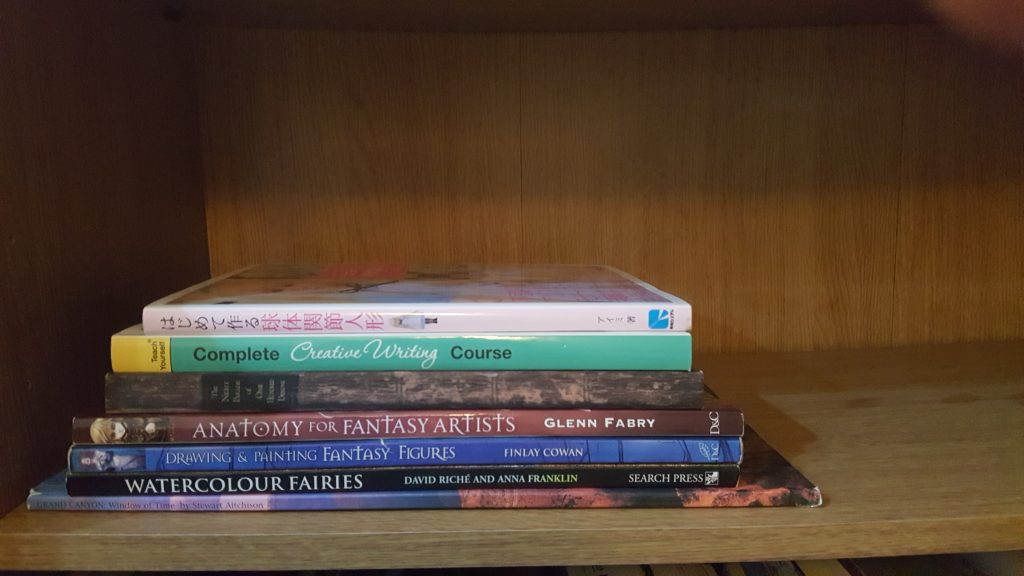
On a final note, if you are looking to get rid of your books whether they are old or modern books, it is always worth ringing your nearest second-hand bookshop to see if they will buy them. You won’t get very much for your books but you will be helping independent businesses to stay open.
Thanks for reading!